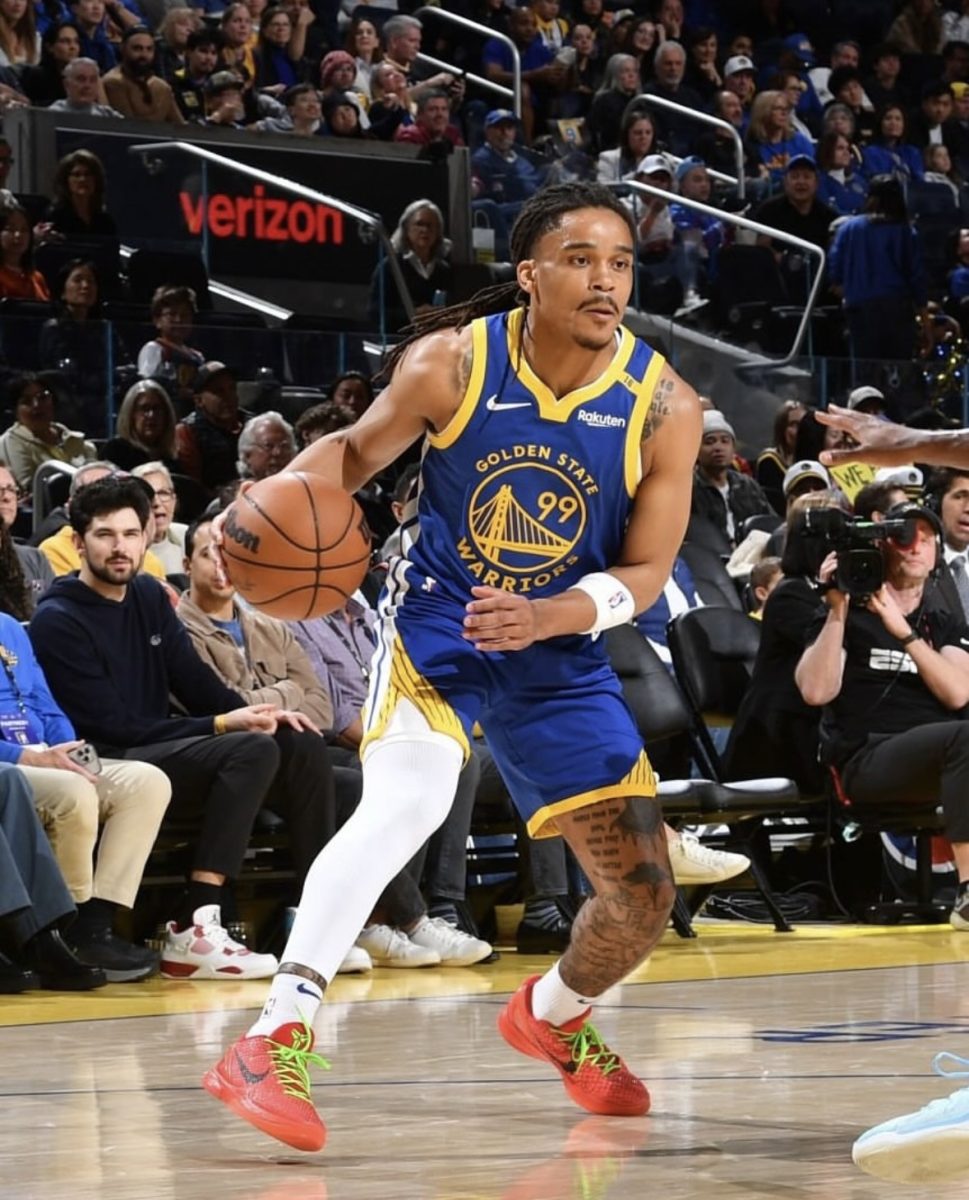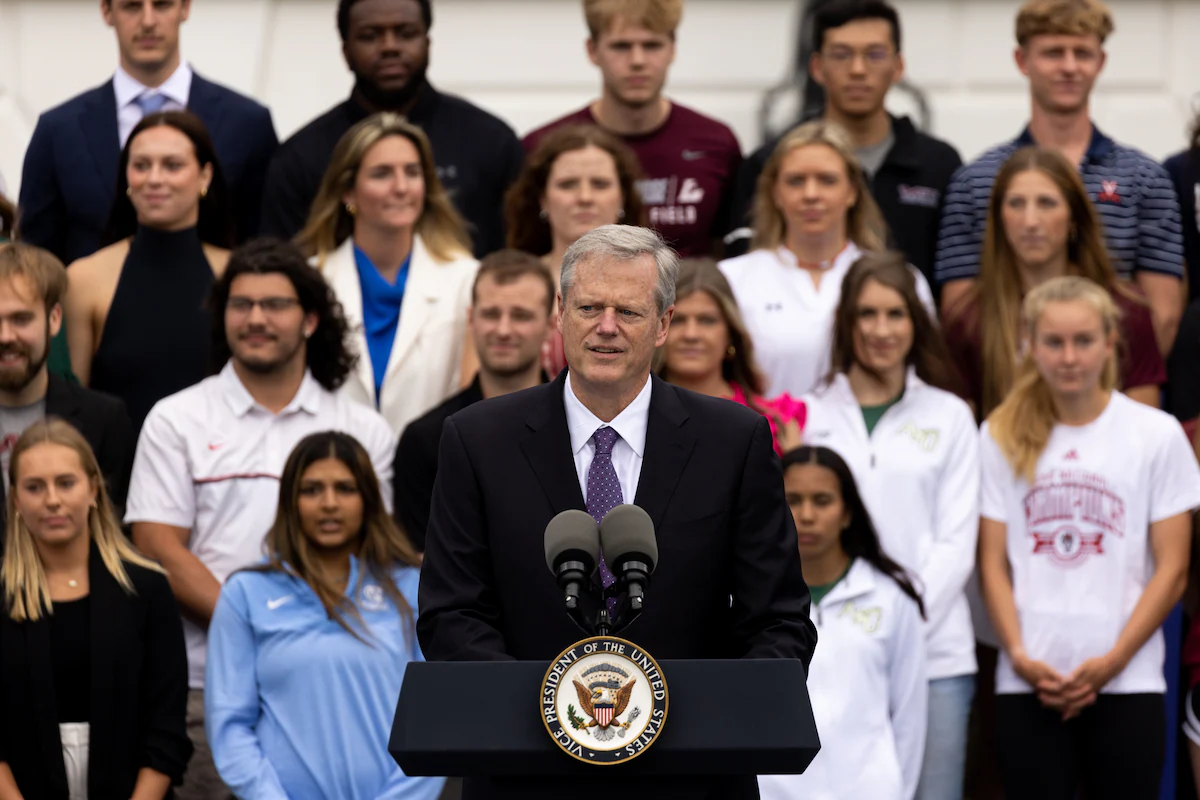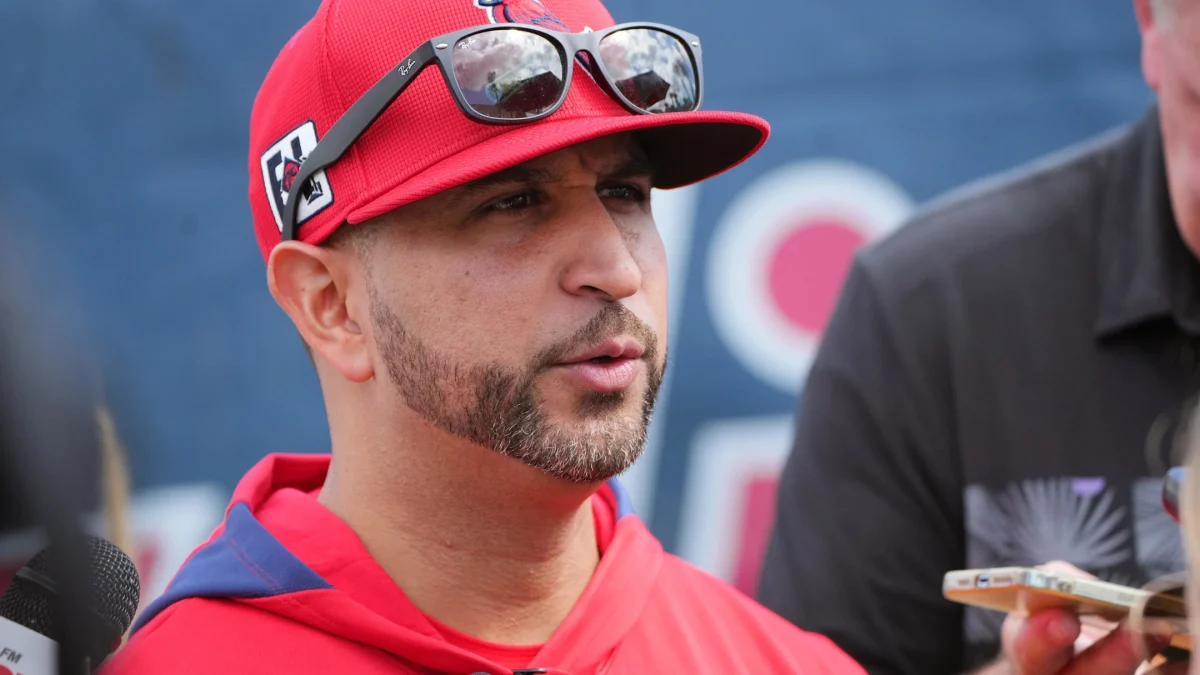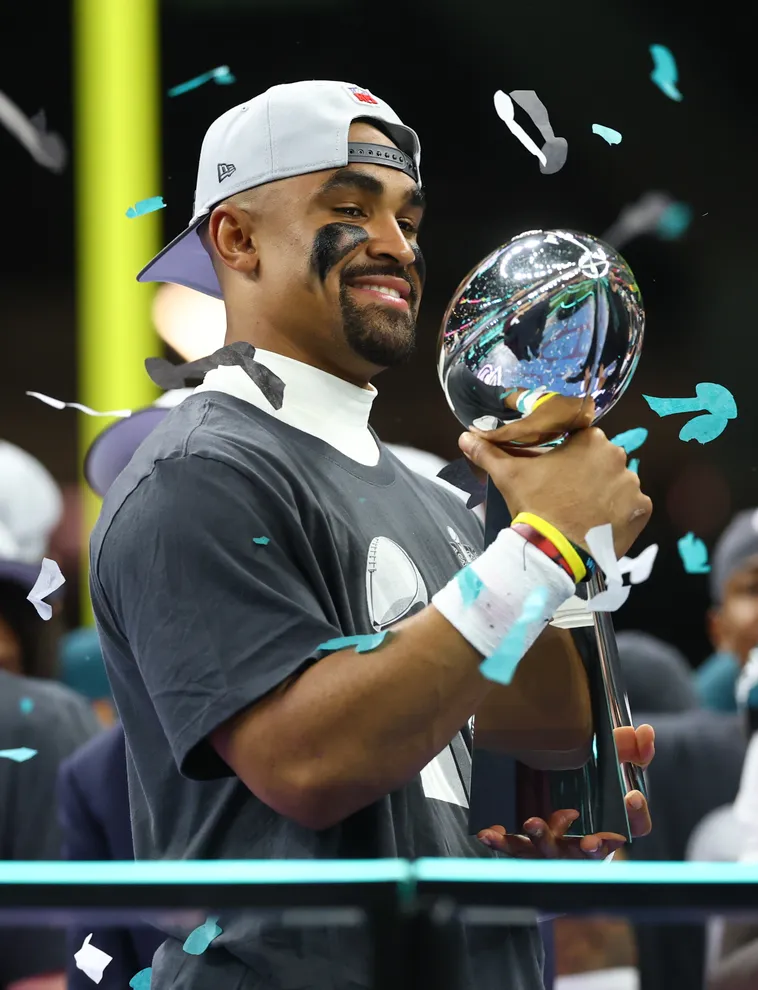Last weekend, the NCAA Tournament visited St. Louis.
The three-game set hosted at the Edward Jones Dome crowned
Georgia Tech champion of the St. Louis regional and offered a look
at things to come, a glimpse into the future if you will.
Next year, the Dome serves as the Final Four venue marking the
first time St. Louis will hold the championship since the ’70s. The
crowds were there on Friday and Sunday, mostly Kansas fans, and
made a lot of noise during the overtime Regional Final on
Sunday.
A year from now, not just the Dome; but the whole city will be
alive with anticipation of cutting down the nets.
Friday’s games also showed us where the state of college
basketball may be heading; featuring both a nine and 10 seed in the
round of 16. All season long, many praised the joys of parity in
college basketball and the newfound NCAA version of equality.
Parity proved to be alive and well, with two of the tournament’s
biggest Cinderella’s in Nevada and UAB playing in the
limelight.
Finally, Georgia Tech and Kansas, who traded blows in the
overtime thriller, both feature a wealth of young stars, many of
which will likely stick around a year or two. Can they return to
St. Louis come 2005?
So, now that the final pieces are set in for a shot at the
crown, what have we learned from the Tournament so far? The battle
tested shall move on.
St. Joseph’s is a perfect example. Even though they held the one
seed, the Hawks came into the tournament overlooked by many.
They fought Oklahoma State down to the final seconds in what
was, potentially, the most entertaining game of the tournament
yet.
The combination of Jameer Nelson and Delonte West is clearly the
premier backcourt tandem in the nation; but with one final shot,
they couldn’t pull it out at the end. Why?
It comes down to weak scheduling. Look at the teams in the Final
Four–OSU, Connecticut, Duke and Georgia Tech. Each comes from a
strong conference–the Big XII, the Big East and two from the
ACC–and faced tough, intense schedules even previous to conference
play, not afraid to grow from a few tough losses.
Clearly, after defeating both Wake Forest and their showing
against OSU, little doubt remains that St. Joe’s was for real.
But something was still missing. Had St. Joe’s played Duke or
Kentucky, Nelson hits the game winner? No, not exactly–but
consider the past.
Even the surprise winners of the past like N.C. State in ’83,
Villanova in ’85, or Arizona in ’97 had several notches in their
belt from playing the nation’s elite before reaching the final
test.
Even SLU’s own coach Brad Soderberg, retrospectively lamented
some of the fluff in the Bill’s early season schedule, pulling down
their RPI.
Looking back to Saturday, some justifiably say St. Joe played
their best game of the season Saturday night.
That’s because they never had to play that well before that
point. With greater experience to fall back on… who knows?
Throughout the year, many teams rose to the ranks of the top 25
that had never been there before and simply didn’t belong
there.
Yes, parity does exist, but do not confuse it with an inflated
record from weak scheduling. Only the truly great can win six games
in a row to close out the season.
This is why Connecticut will walk away the victors on Monday
night.
They played through the Big East along with an out of conference
schedule with some significant tests, one of which was Georgia
Tech.
The Huskies know how to play with and without their stars as
Emeka Okafor, among others, was injured for a large part of the
season. Parity may reign, but the elite will always prove
supreme.









